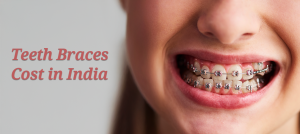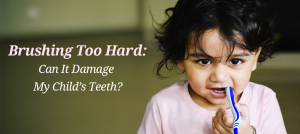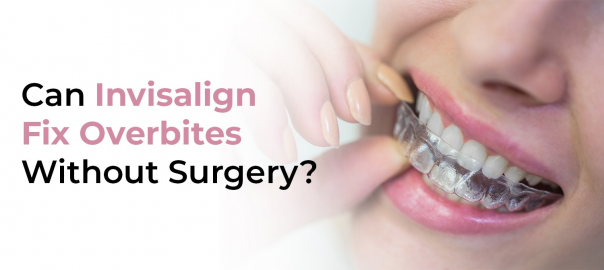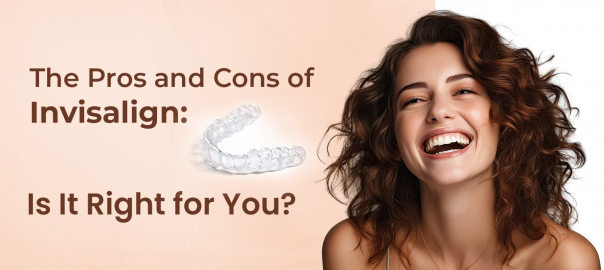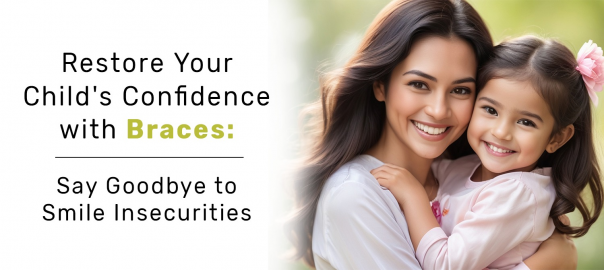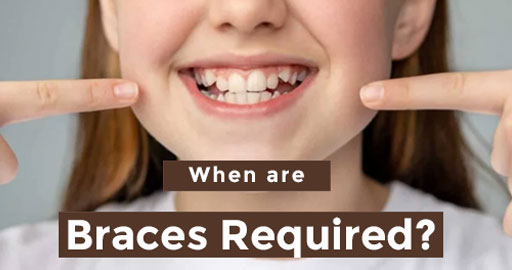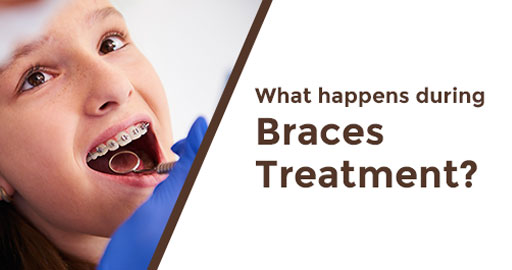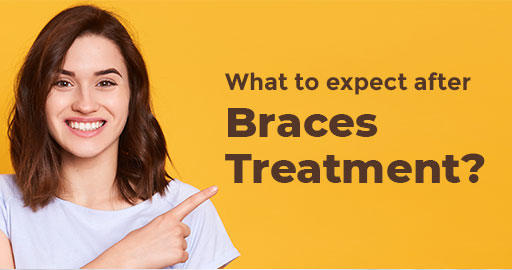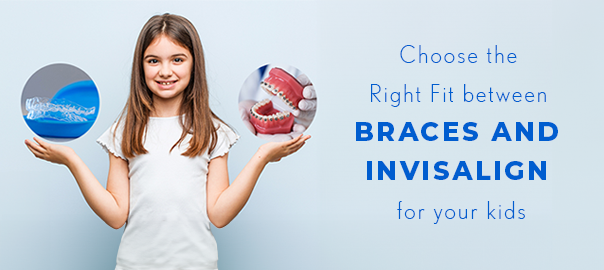
Which Is Better for Kids: Invisalign or Braces?
Parents are frequently confronted with the difficult decision of what’s best for their child. Which is the way forward? Invisalign or braces? Even though Invisalign and braces both have distinct benefits and drawbacks, picking a side still gets difficult. But don’t worry—Clove is here to support you in making wise choices.
In this blog, we discuss the pros and cons of each and help you paint a better picture.
How Both Are Different
Braces:
- Depending on the material used, braces can be metallic or ceramic. They are attached to the tooth surface and connected by wires, helping them function as a unit together.
- They apply constant pressure using wires and rubber bands, helping the teeth to move gradually into the desired position.
- Adjustment appointments are necessary to tighten the wires and monitor progress.
Invisalign:
- Invisalign is a clear, removable aligner custom-designed for one’s teeth.
- These aligners are designed in sets to complete different phases of treatment. One set is replaced to accommodate tooth movement, and then a new set is used to move on to the next treatment phase.
- No adjustment appointments are necessary, as the user receives the next set of aligners beforehand, but periodic check-ups with the orthodontist are required.
Pros
Braces:
- Effective for complex tooth movements and severe misalignments.
- It is generally more affordable than Invisalign.
- No risk of misplacing aligners.
Invisalign:
- Virtually invisible, leading to increased confidence.
- Removable aligners allow for easy oral hygiene maintenance.
- Aligners have zero dietary restrictions, as they can be easily removed during meals.
Cons
Braces
- The metal components tend to cause discomfort or irritation to the cheeks and lips.
- Cleaning around brackets and wires can be challenging.
- Dietary restrictions to prevent damage to the braces.
Invisalign:
- Not suitable for severe orthodontic issues.
- Requires commitment to wearing aligners for at least 22 hours a day.
- May be more expensive than braces.
Conclusion
Ultimately, the final deciding factor between the two would be:
- The child’s specific orthodontic needs
- Lifestyle
- Personal preference
- Orthodontist’s opinion as per the case






